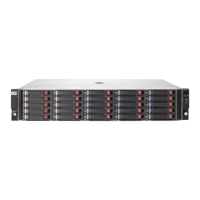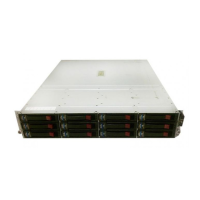19 Best practices
This chapter describes HP best practices for SAN design and implementation. It describes the following
topics:
• SAN planning, page 417
• Design specification, page 418
• SAN topology, page 418
• SAN configuration, page 419
• Storage-based LUN masking, page 420
• Zoning, page 421
• SAN scaling, page 424
• SAN fabric merging, page 425
For SAN design assistance, see the HP Network Storage Services website:
http://www.hp.com/hps/storage/
SAN planning
Allocate adequate time to plan your SAN prior to implementation. Design a SAN that fulfills current
and future requirements for capacity and connectivity.
During the planning phase, consider these design factors and recommendations:
• Deployment strategy
Consider initially implementing entry-level SANs that can be interconnected to increase capacity.
Entry-level SANs are relatively easy to implement. Enterprise SANs offer economy of scale; however,
they are more complex and can take longer to implement.
• Topology design
Choose an initial design that can accommodate expansion without transitioning to a different to-
pology.
• Experience level
If you have limited experience implementing a SAN, start with an entry-level SAN. As you gain
experience, deploy mid-range or enterprise-level SANs.
• SAN management strategy
Specify the policies, identification schemes, and tools to manage your SAN.
• Technological advances
Anticipate the gradual availability of Fibre Channel switches that have more ports and faster inter-
connect speeds.
SAN Design Reference Guide 417

